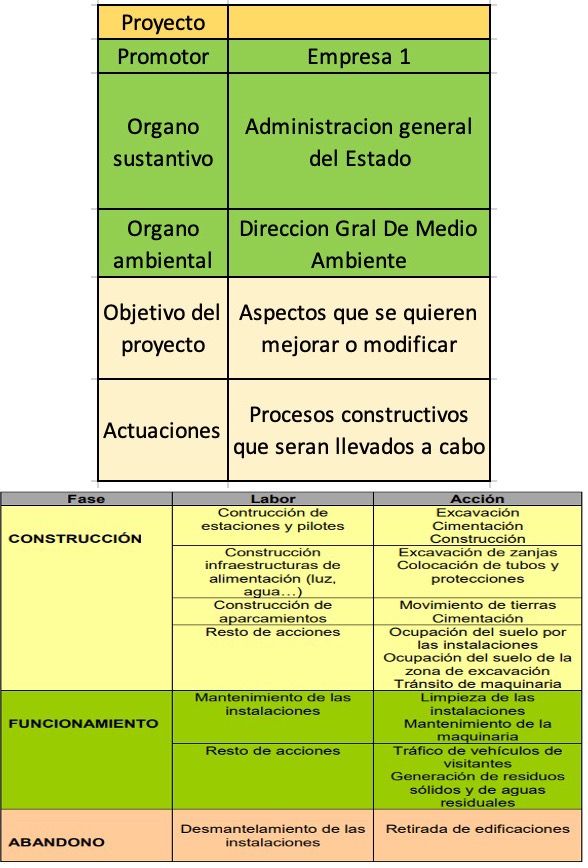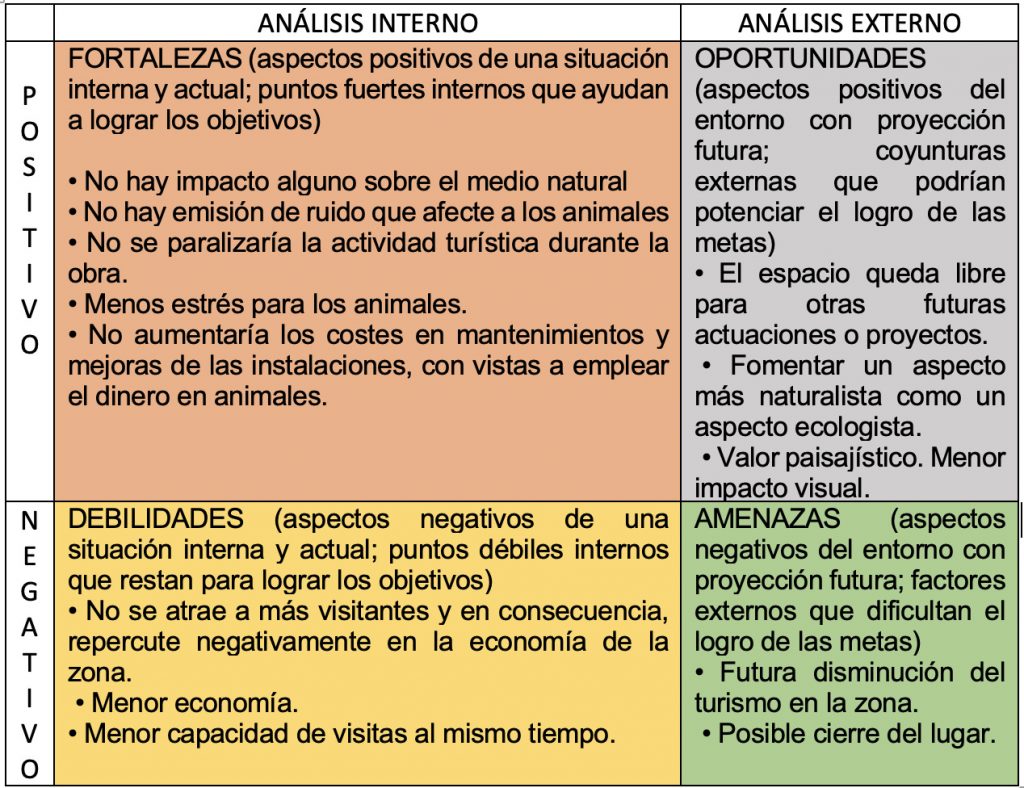Salvador Arribas García. Grado de Ingeniería Civil y Territorial
An environmental impact assessment (EIA) is a technical procedure aimed at identifying, evaluating and describing the possible environmental impacts that a given project will have on its surroundings if it is carried out, so that the competent public administration can accept, reject or modify it as required by law.
In accordance with the provisions of Law 21/2013, of December 9, on environmental assessment (BOE of December 11), any environmental impact study ( commonly known as EIA), must contemplate 5 phases, which will include from the description of the project and its actions, taking into consideration the different alternatives that are less harmful to the environment and the process that we will follow in the realization of the work to the preparation of a technical sheet and its tree of actions to conclude with an overall assessment.
The study must necessarily include the description of the project: object, location, land use needs and other natural resources both in the construction phase and in relation to all the essential actions of the realization phase and also of the operation phase, including: materials to be used, land to be occupied and other natural resources whose elimination or affectation is considered necessary for a correct execution of the project. Of course, the types, quantities and composition must be detailed. All of them with a description of the foreseeable requirements in time, in order to use the soil and other natural resources, for each alternative valued for the waste that will be dumped, as well as noise, vibrations, odors or light emissions. This review will also assess the different options that are environmentally most appropriate, including the zero or no action alternative, and that are technically feasible, and a justification of the proposed solution that will take into account multiple criteria, economic, functional, including environmental. The selection of the best alternative must be supported by a global analysis that takes into account not only economic aspects but also social and environmental aspects.
The characterization or technical sheet will include the identification of the project promoter, its source of financing and the environmental body that regulates it, as well as the objective of our project and the necessary actions that will be carried out for its execution.

In this image we can see what the characterization sheet of a hypothetical project would look like.
In the tree of actions of the project, the different phases of the project will be evaluated both in the construction process (infrastructure, correct operation of the work, respect for health and safety standards at work …), in its period of operation (maintenance of facilities, vehicle traffic, waste generation …) and full performance, as well as, finally, in the phase of abandonment and closure (dismantling, feasibility or not of reuse and / or adaptation for a new activity).
“In this image we observe two tables, the first one representing the characterization sheet of a hypothetical project and the second one showing the different phases detailed in a construction tree in which we can observe the phases, tasks and actions that would be carried out (Source: Table made by me observing other examples)”.
The study should include a comparative analysis of the environmental impact alternatives in order to highlight the strengths of the project and reduce possible threats or weaknesses. The instrument to carry out this part of the study is the so-called “DAFO analysis “*, which will allow us to analyze the project from different points of view, taking into account its negative and positive aspects from various points of view.

“Photo 2. In this table we can see how the “DAFO” analysis of one of the possibilities of our project would look like (Source: “DAFO” table made by me observing other examples)”.
Finally, the EIA will include an overall assessment of its strengths and weaknesses that together with the multiple “DAFO” analyses will help us to decide which of the options is the one that best suits us, being able to make a comparison and justifiably select which of the alternatives will be the most appropriate and the one that should be carried out knowing the impact it will generate.
*The “DAFO” analysis is a support tool in a study in which the strengths and weaknesses are analyzed, in this case of our project and its situation against possible threats or weaknesses that it has on the negative side or on the other side of its strengths and possible opportunities that it generates. The strengths and weaknesses are usually seen from an internal analysis while the opportunities and threats from an external analysis.
